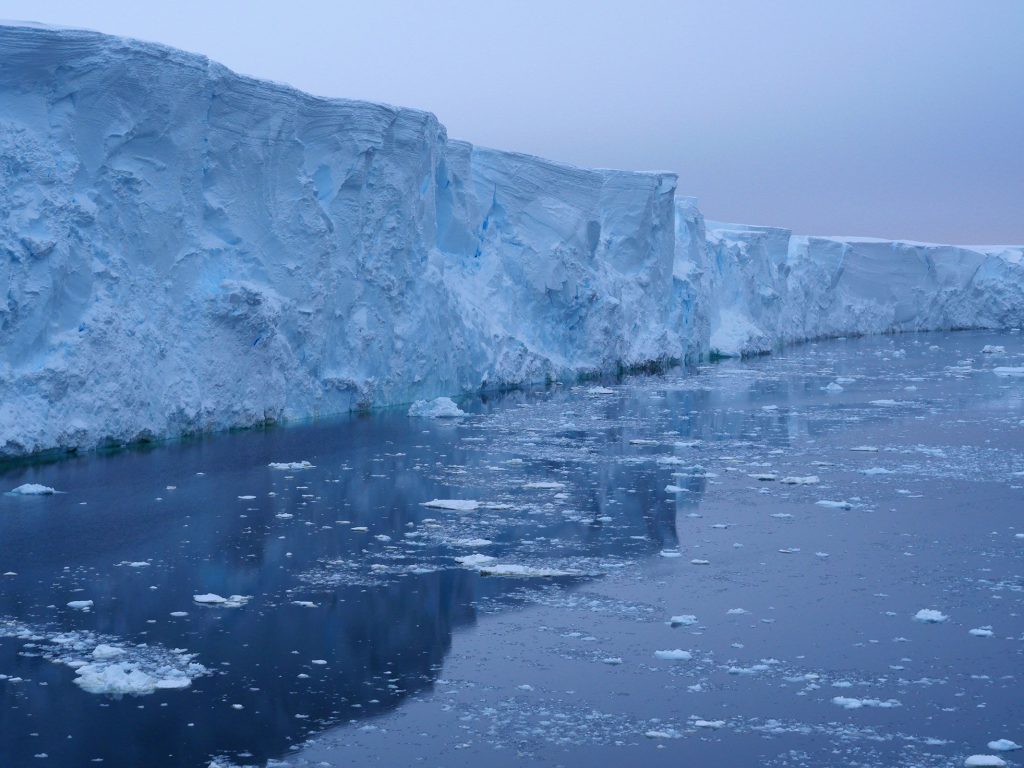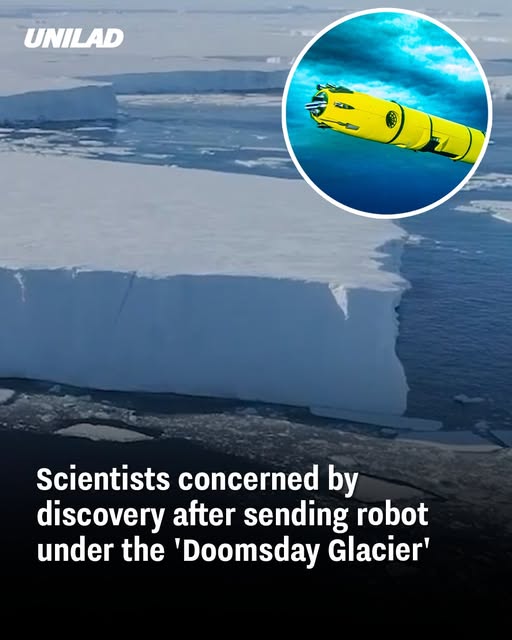The Thwaites Glacier, ominously dubbed the “Doomsday Glacier,” has long been a focal point for climate scientists due to its potential to significantly raise global sea levels. Recent explorations using advanced robotic technology have unveiled alarming insights into its stability and the broader implications for our planet.
The Significance of Thwaites Glacier
Located in West Antarctica, the Thwaites Glacier spans an area comparable to the size of Florida. Its vast ice mass holds enough water to raise global sea levels by approximately 3.3 meters if it were to melt entirely. Such a rise would have catastrophic effects on coastal communities worldwide.
Deployment of the Icefin Robot
To gain a deeper understanding of the glacier’s condition, scientists deployed a specialized underwater robot named Icefin. This cylindrical robot was lowered through a borehole nearly 600 meters deep, allowing it to navigate beneath the glacier’s surface and collect critical data on temperature, salinity, and structural formations.

Alarming Discoveries Beneath the Ice
The data retrieved by Icefin revealed a complex and concerning picture. Despite only modest rates of melting, the glacier is retreating rapidly, suggesting that even minimal changes can destabilize its structure. The presence of deep cracks and crevasses indicates that the glacier is more vulnerable to collapse than previously understood.
Implications for Global Sea Levels
The potential collapse of the Thwaites Glacier poses a significant threat to global sea levels. Even a partial disintegration could lead to a rise of up to 65 centimeters, displacing millions of people and reshaping coastlines. Brent Minchew, a geophysics professor at MIT, emphasized that “about a million people are displaced per centimeter of sea-level rise,” highlighting the profound human impact of such changes.
The Role of Climate Change
Over the past century, global temperatures have risen by approximately 1°C. While this may seem negligible, it has significant effects on polar ice. Warmer ocean waters infiltrate beneath glaciers like Thwaites, accelerating melting from below and compromising their structural integrity.
Future Research and Monitoring Efforts
In response to these findings, initiatives like the Arête Glacier Initiative have been established to enhance monitoring and develop new technologies for Antarctic research. Continuous observation and data collection are crucial for predicting future changes and informing global climate policy.

Conclusion
The revelations from the Icefin robot’s expedition beneath the Thwaites Glacier underscore the urgent need for comprehensive climate action. As our understanding of these remote ice masses deepens, so too does the realization of their profound impact on global sea levels and human societies. Proactive measures and sustained research are imperative to mitigate the looming threats posed by such glacial giants.
The revelations from the Icefin robot’s expedition beneath the Thwaites Glacier underscore the urgent need for comprehensive climate action. As our understanding of these remote ice masses deepens, so too does the realization of their profound impact on global sea levels and human societies. Proactive measures and sustained research are imperative to mitigate the looming threats posed by such glacial giants. This discovery serves as a stark reminder that the consequences of climate change are unfolding in real time. What happens in Antarctica doesn’t stay in Antarctica—its melting ice has global ripple effects, from flooding cities to disrupting ecosystems. With continued advancements in research technology, such as Icefin, scientists hope to better predict and perhaps slow the acceleration of ice loss. But without decisive global action to reduce greenhouse gas emissions, these warnings may go unheeded, and the world could face irreversible consequences. Thwaites is not just a glacier—it’s a warning sign, and one the world cannot afford to ignore.

















